This was part of a terrace of 12 houses, built in 1834 in the gardens of Gloucester Lodge. It was owned by Prince William Henry, Duke of Gloucester, and brother of George III. The king’s visits to the lodge turned Weymouth into a fashionable resort. Richard Bower, twice mayor of Weymouth, lived in these premises from the 1830s to the 1870s. From the 1920s until the 1970s, the building housed Forte’s ‘Soda and Milk Bar’.
Prints and text about ‘dipping’ at Weymouth.
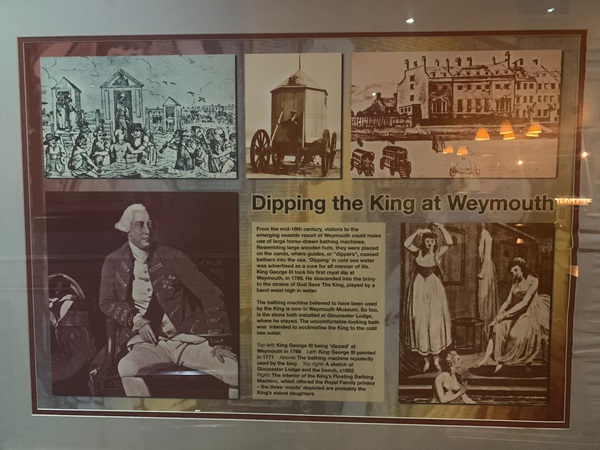
The text reads: From the mid-18th century, visitors of the emerging seaside resort of Weymouth could make use of large horse-drawn bathing machines. Resembling large wooden huts, they were placed on the sands, where guides, or ‘dippers’, coaxed bathers into the sea. `Dipping’ in cold sea water was advertised as a cure for all manner of ills. King George III took his first royal dip at Weymouth, in 1789. He descended into the briny to the strains of God Save the King, played by a band waist high in water.
The bathing machine believed to have been used by the King is now is Weymouth Museum. So too, is the stone bath installed at Gloucester Lodge, where he stayed. The uncomfortable-looking bath was intended to acclimatise the King to the cold sea water.
Top left: King George III being `dipped’ at Weymouth in 1789 Left: King George III pained in 1771
Above: The bathing machine reputedly used by the King
Top right: A sketch of Gloucester Lodge and the beach, 1802. Right: The interior of the King’s Floating Bathing Machine, which offered the Royal Family privacy – the three `maids’ depicted are probably the King’s eldest daughters.
Illustrations about the history of Weymouth.
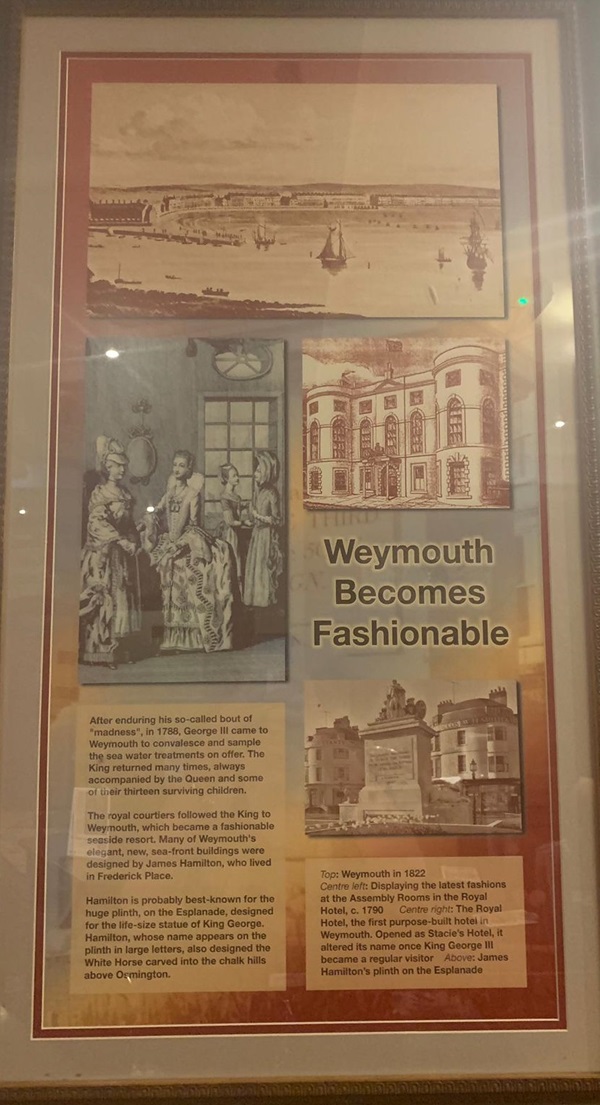
The text reads: After enduring his so-called bout of ‘madness’, in 1788, George III came to Weymouth to convalesce and sample the sea water treatments on offer. The King returned many times, always accompanied by the Queen and some of their thirteen surviving children.
The royal courtiers followed he King to Weymouth, which became a fashionable seaside resort. Many of Weymouth’s elegant, new, sea-front buildings were designed by James Hamilton, who lived in Frederick place.
Hamilton is probably best-known for the huge plinth, on the Esplanade, designed for the life-size statue of King George. Hamilton, whose name appears on the plinth in large letters, also designed the White Horse carved into the chalk hills above Osmington.
Top: Weymouth in 1822
Centre left: Displaying the latest fashions at the Assembly Rooms in the Royal Hotel, 1790
Centre right: The Royal Hotel, the first purpose-built hotel in Weymouth. Opened as Stacie’s Hotel, it altered its name once King George III became a regular visitor
Above: James Hamilton’s plinth on the Esplanade.
Photographs, illustrations and text about Christopher Wrens first dome.
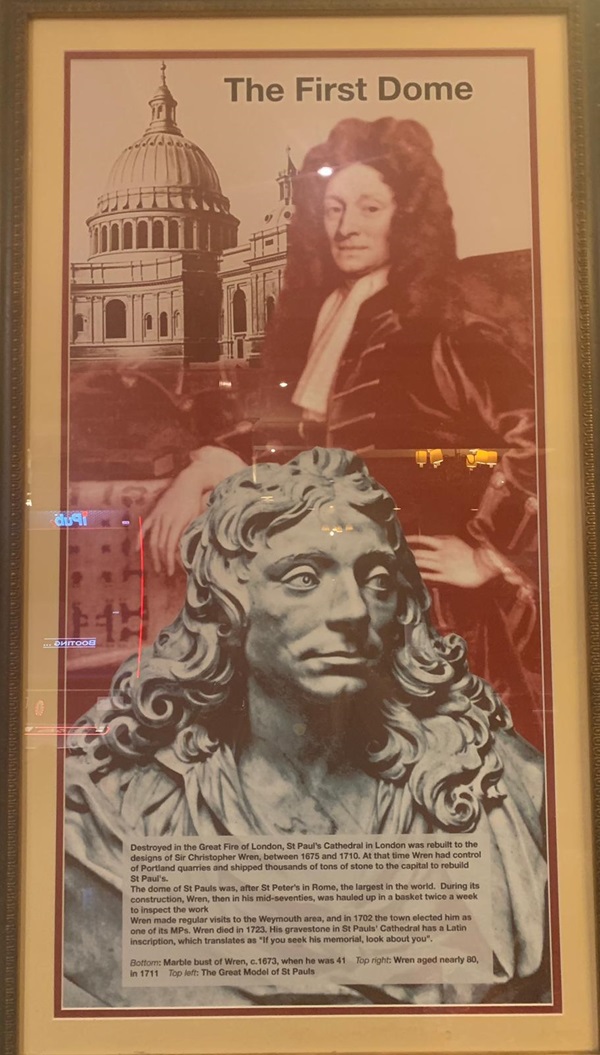
The text reads: Destroyed in the Great Fire of London, St Paul’s Cathedral in London was rebuilt to the designs of Sir Christopher Wren, between 1675 and 1710. At that time Wren had control of Portland quarries and shipped thousands of tons of stone to the capital to rebuild St Paul’s.
The dome of St Pauls was, after St Peter’s in Rome, the largest in the world. During its construction, Wren, then in his mid-seventies, was hauled up in a basket twice a week to inspect the work.
Wren made regular visits to the Weymouth area, and in 1702 the town elected him as one of its MPs. Wren died in 1723. His gravestone in St Paul’s Cathedral has a Latin inscription, which translates as “if you seek his memorial, look about you”.
Bottom: Marble bust of Wren, c1673, when he was 41
Top right: When aged nearly 80, in 1711
Top left: The Great Model of St Pauls.
An old photograph of Weymouth seafront.
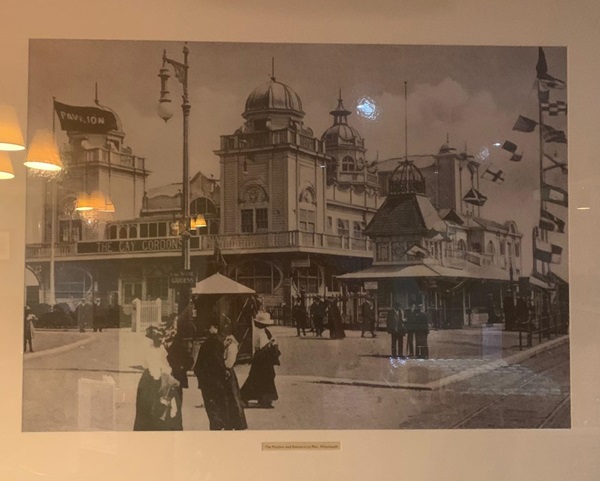
An old photograph of donkeys on Weymouth beach.
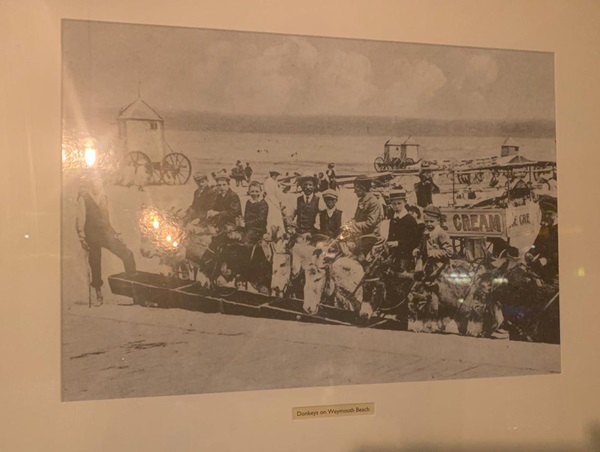
Artwork entitled Pavilion by Liz Somerville.
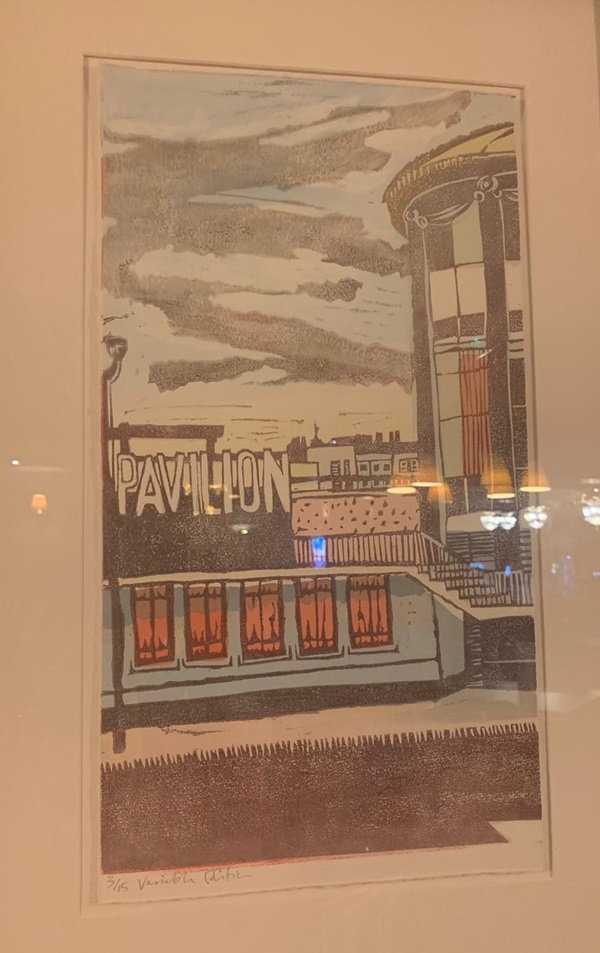
An oil canvas painting entitled Puppetmaster III by Semi Vine.
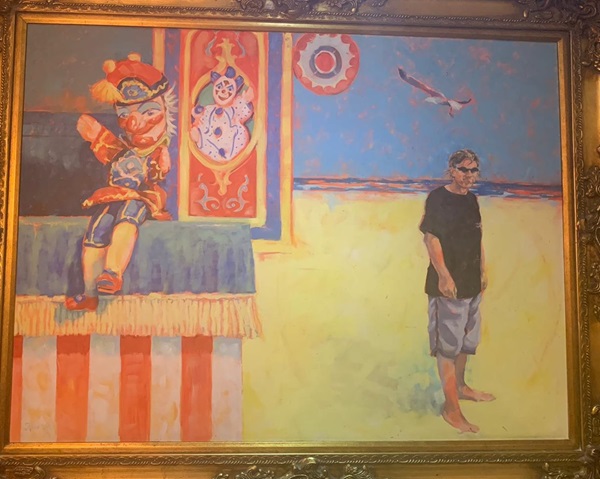
External photograph of the building – main entrance.
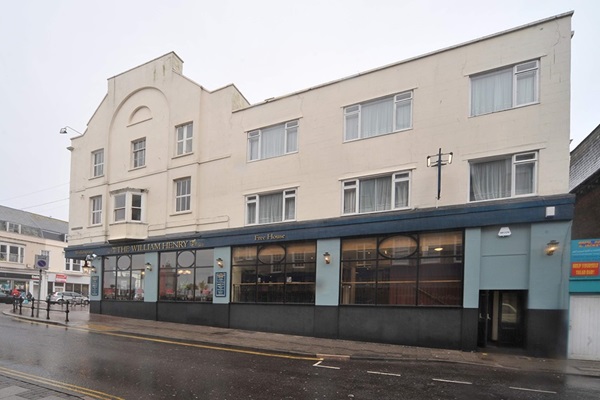
If you have information on the history of this pub, then we’d like you to share it with us. Please e-mail all information to: pubhistories@jdwetherspoon.co.uk